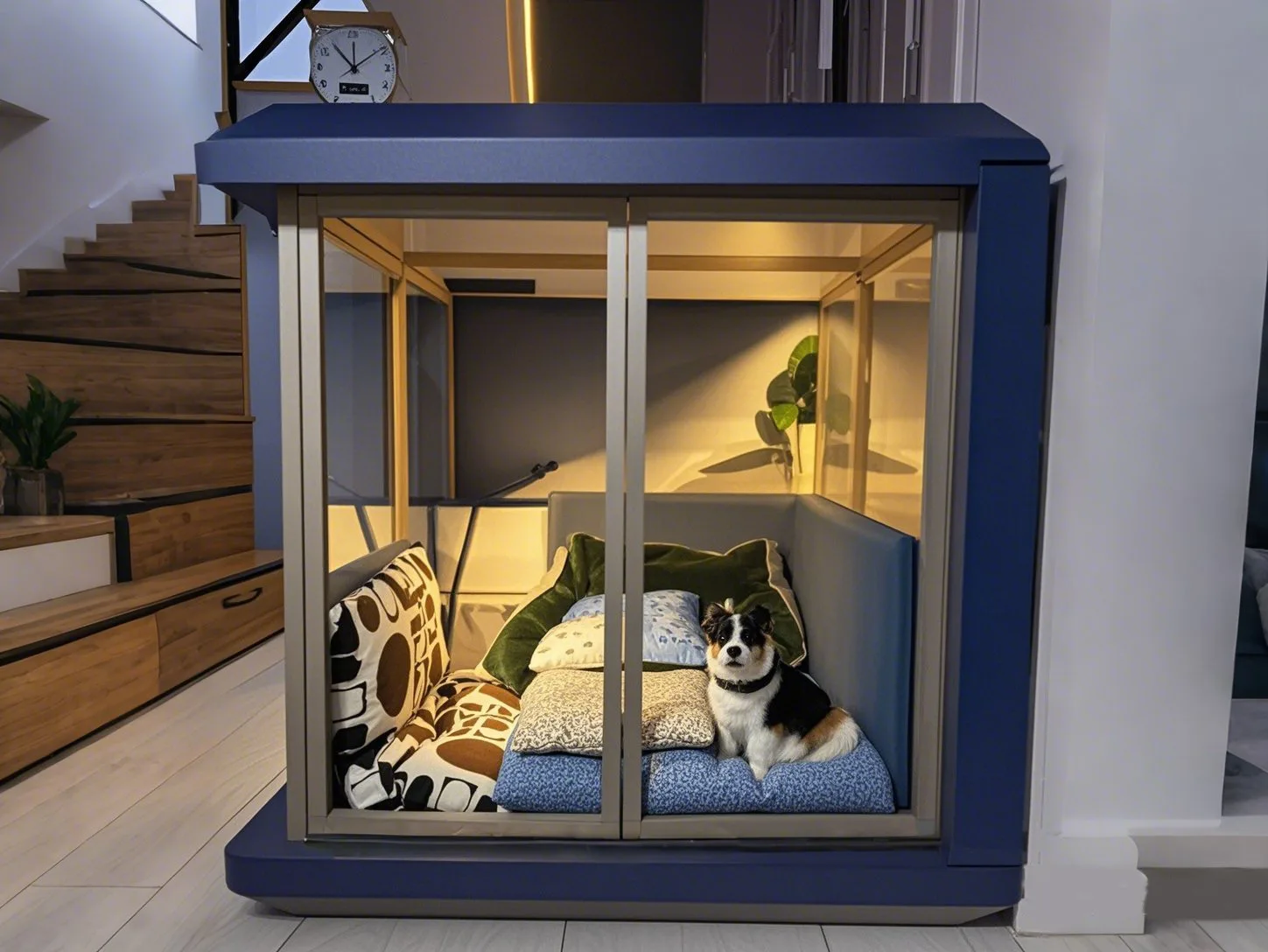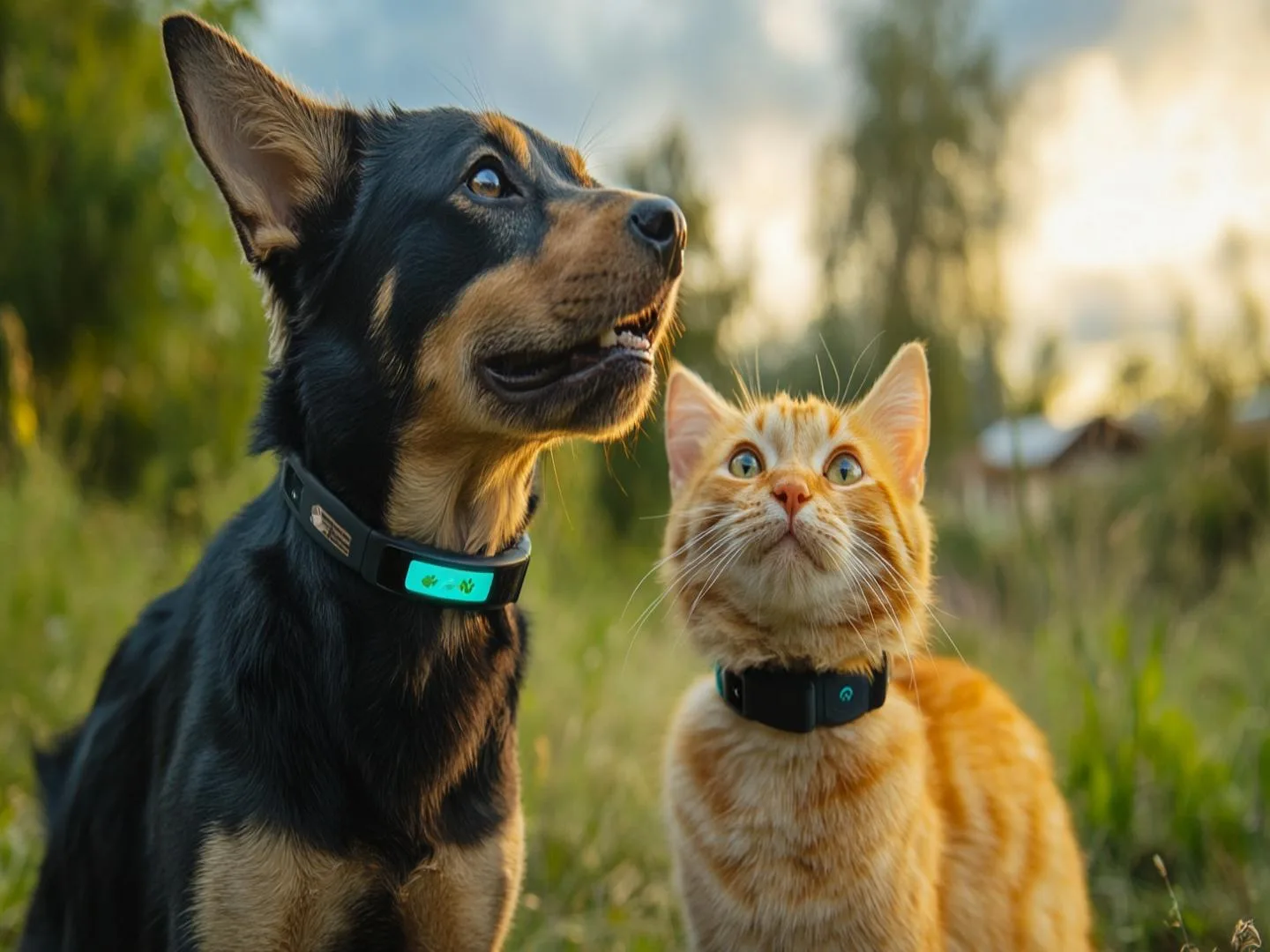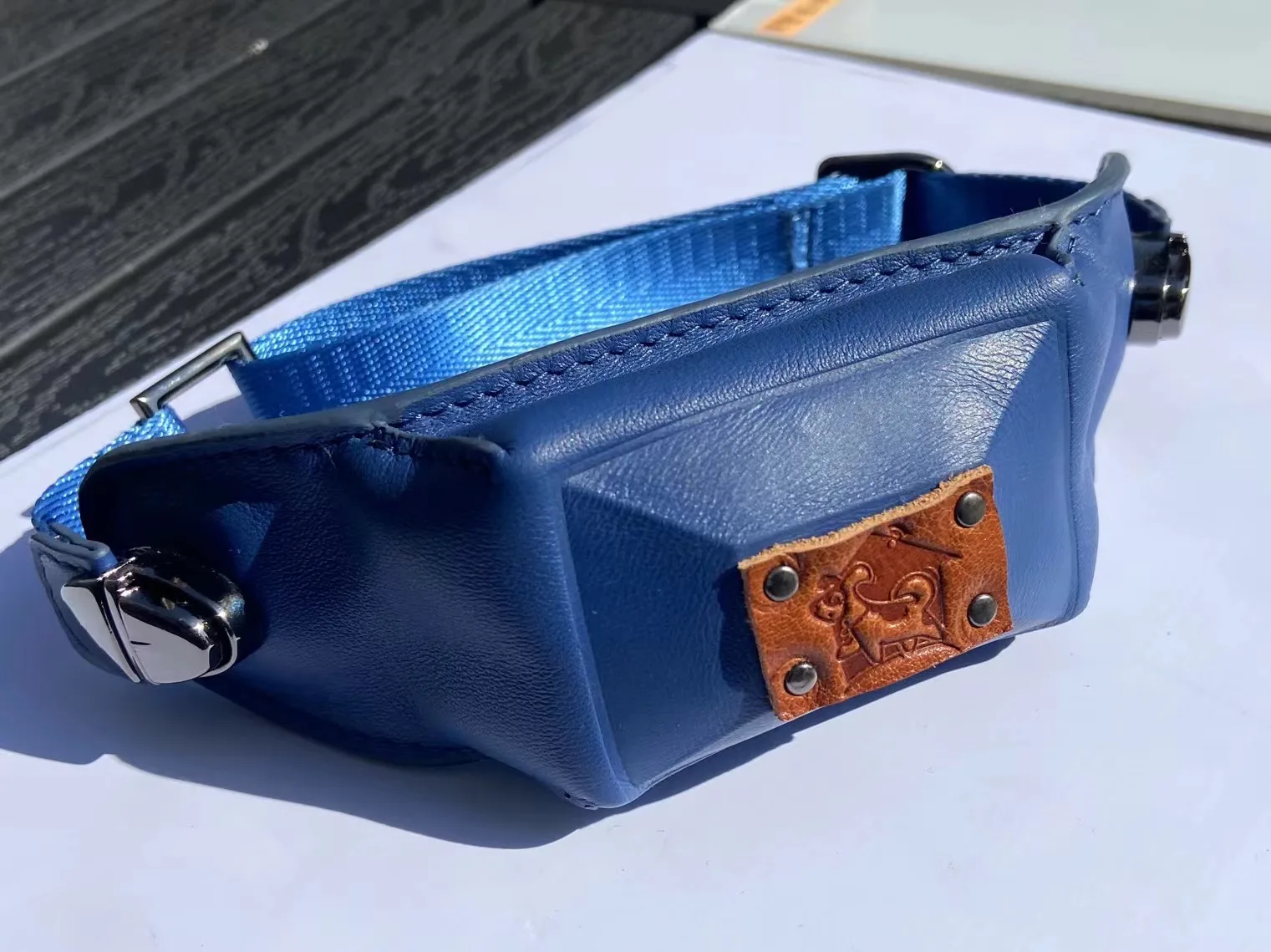SPH
2024.11.20
251
As pets increasingly become integral members of the family, pet owners are placing greater emphasis on their pets’ health and well-being. While this trend is becoming more pronounced globally, many pet owners are struggling to align their actions with their intentions. Below is an in-depth analysis of this phenomenon:
In recent years, inflation and rising raw material costs have forced many pet brands to raise their prices. Although the price increase slowed in the first half of 2024, pet owners continue to face significant financial pressure. According to data, the overall inflation rate in the U.S. pet market was 1.7% in April 2024, with pet supplies seeing the largest price drop (-1.2%). This suggests that, despite a deceleration in price hikes, the overall cost burden for pet owners remains high.

Figure Source: PetBusinessProfessor, Petflation 2024 – April Update: Drops to +1.7% vs 2023, https://petbusinessprofessor.com/petmarket/petmarketsegments/petflation-2024-april-update-drops-to-1-7-vs-2023/ (accessed November 20, 2024)
According to Pet BusinessProfessor, while prices for other pet-related price have slowed compared to the past, with the exception of veterinary services, the Total Pet price of pet ownership is expected to increase by 23.7% by 2024. Pet owners are still facing higher costs for feeding and caring for their pets. In a survey by MarketWatch, 60% of pet owners reported that caring for a pet has become more difficult, and 77% have adjusted their spending habits. Many pet owners have reduced spending on personal care, entertainment, and other discretionary expenses to allocate more funds for pet-related costs, particularly for pet food and healthcare.
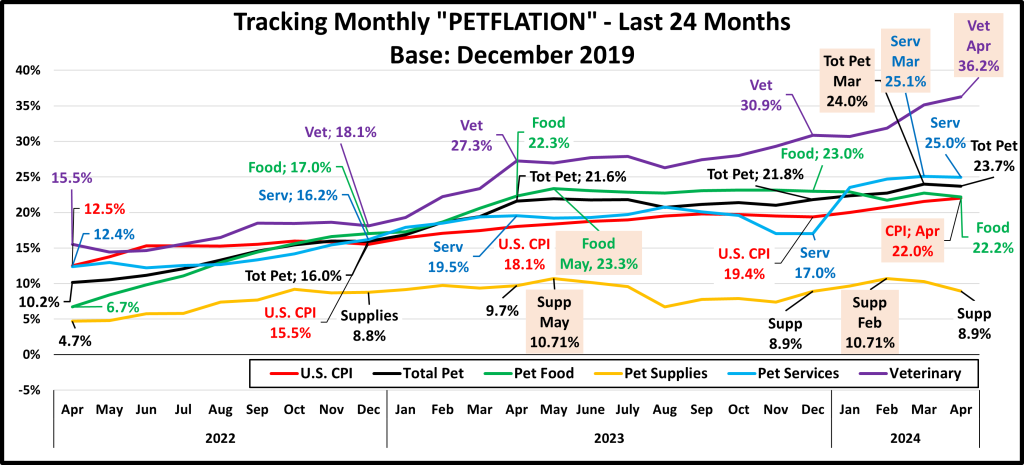
Figure Source: PetBusinessProfessor
The survey also found that nearly half of pet owners are considering relocating to areas with a lower cost of living in order to better care for their pets. This trend highlights that pet owners often prioritize their pets’ health and well-being over their own personal needs when making financial decisions.
A survey commissioned by Get Joy revealed that 90% of pet owners are satisfied with their pets’ health, and 94% wish to extend their pets’ lives. However, despite widespread acknowledgment of the importance of diet in pet health, many pet owners have not taken significant steps to improve their pets’ diets.
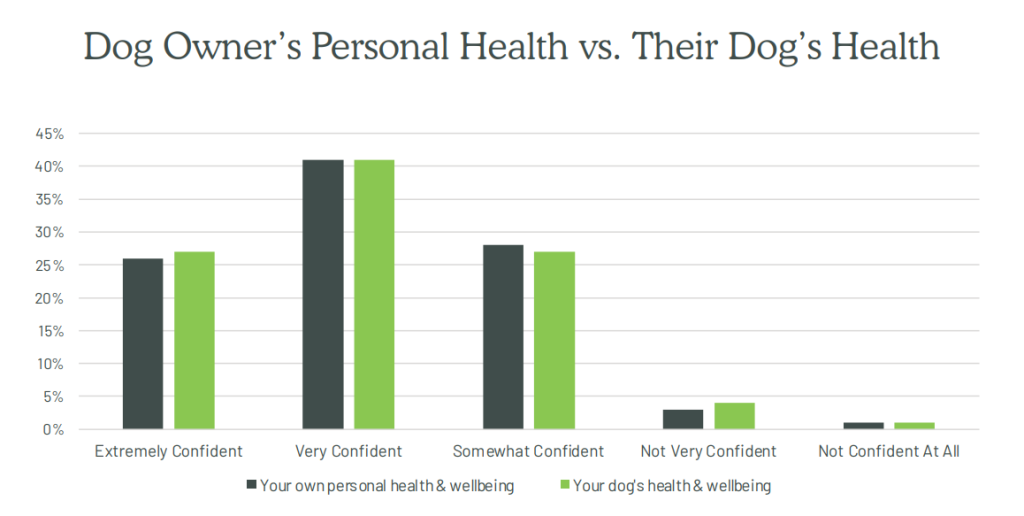
Figure Source: Get Joy, Chasing Our Tails, https://cdn.shopify.com/s/files/1/0015/5919/9790/files/Get_Joy_Chasing_Our_Tails-Compressed.pdf?v=1712154183 (accessed November 20, 2024)
According to the Pet Obesity Prevention Association, 59% of dogs are classified as overweight or obese. Although 97% of pet owners recognize the impact of diet on their pets’ health and lifespan, many focus more on exercise and social activities, while neglecting the dietary changes necessary to manage weight. This gap between awareness and action exacerbates the challenges in managing pet health.
Fresh dog food, known for its healthy ingredients, is increasingly favored by pet owners. However, surveys show that only 12% of pet owners feed their dogs fresh food. The majority still opt for traditional dry or canned food, even though they understand that fresh food could better support their pets’ health.
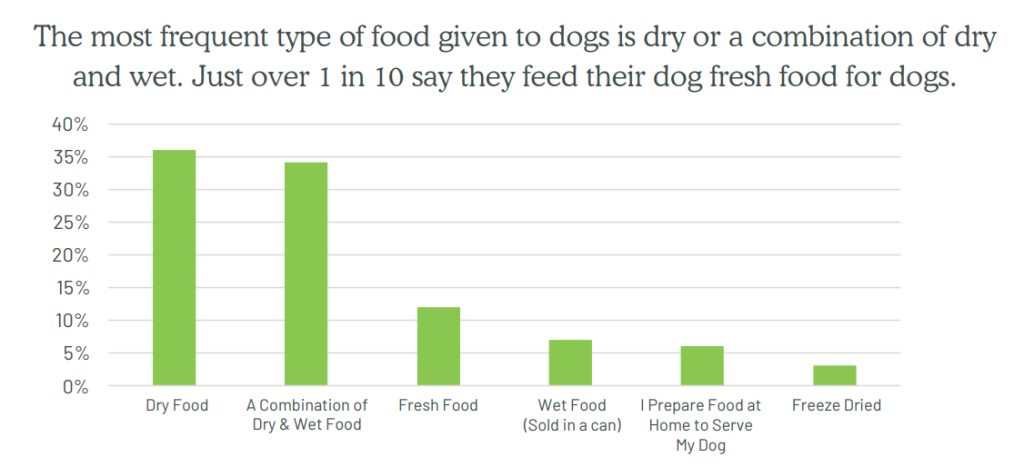
Figure Source: Get Joy
A survey found that 83% of pet owners trust the ingredients in dog food, and 58% can identify at least three key ingredients in the food they buy. However, many pet owners lack a deep understanding of the nutritional value of pet food. For instance, ingredients like probiotics and gut health components are becoming more popular in pet foods, but only 12% of pet owners provide these types of foods for their dogs.
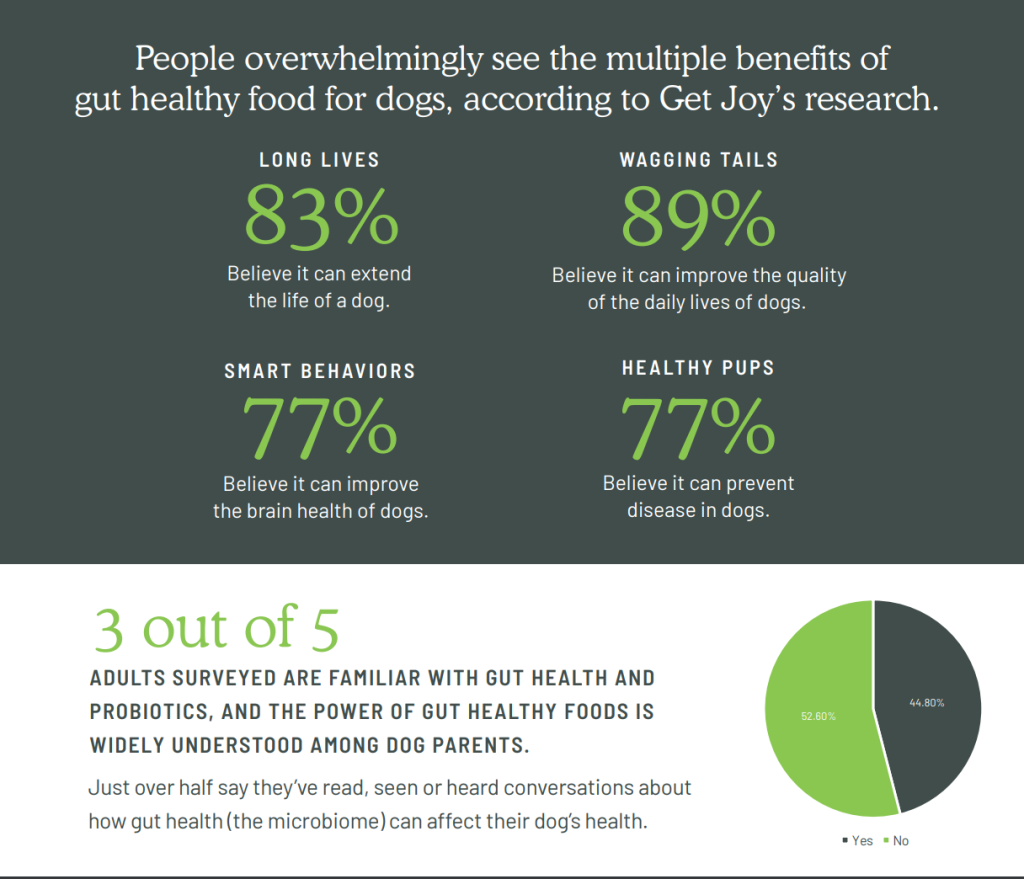
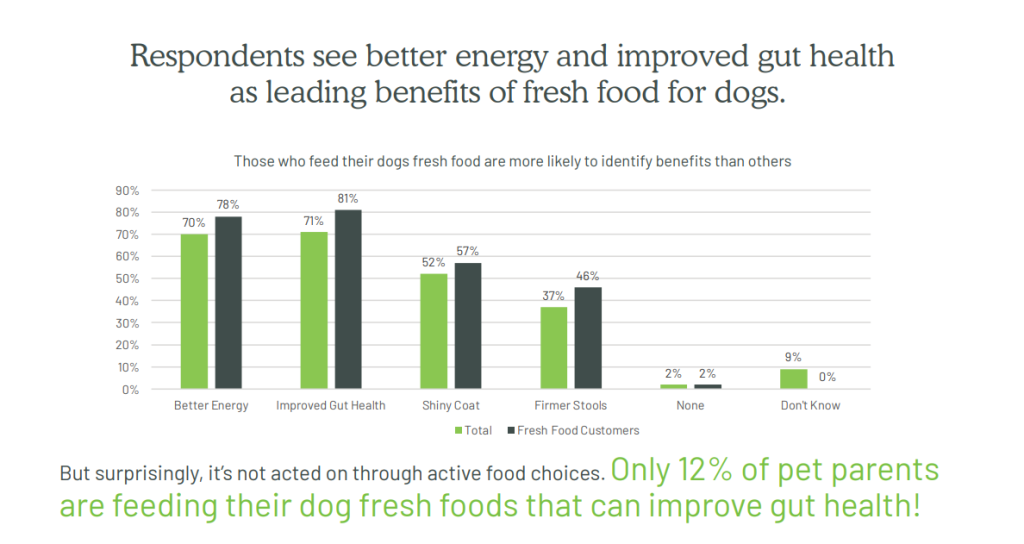
Figure Source: Get Joy
The data shows a significant gap between pet owners’ recognition of healthy diets and their actual behavior. Businesses can bridge this gap through online (websites, social media), offline (trade shows, events), and in-product (features, packaging) education campaigns. By raising awareness about the importance of pet health and nutrition, companies can encourage pet owners to take action on their intentions.
When developing new products, businesses should focus on how innovation can support pets’ overall health and meet the growing demand for healthy diets. For example, introducing fresh dog food with probiotics and gut health ingredients would help pet owners better care for their pets while addressing market needs.
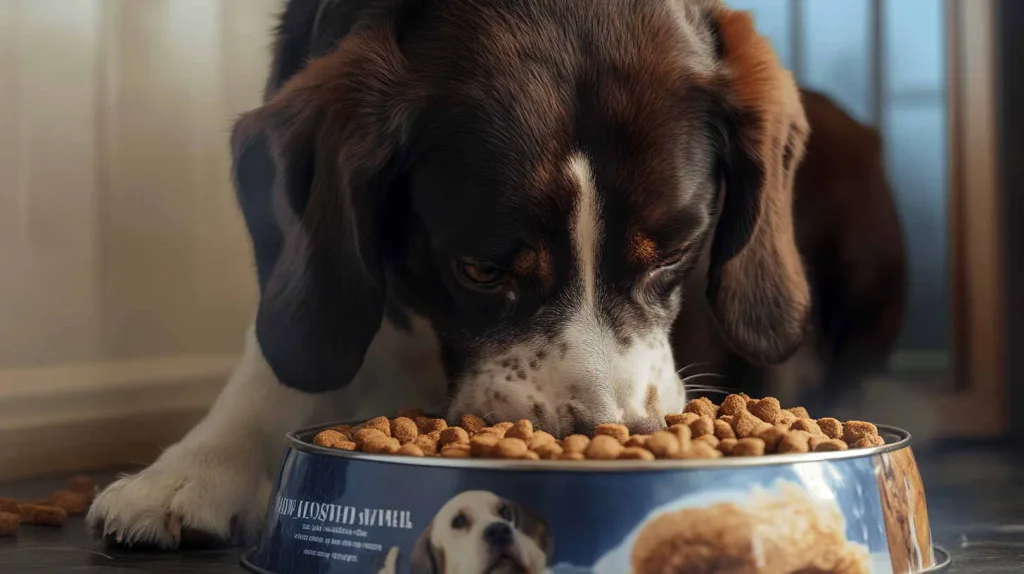
Beyond diet, improving pets’ living conditions is crucial for their overall health. With the advancement of smart technology, products like smart collars and smart pet houses offer new solutions to address pet health issues.
Brands like Halo, Spoton, and SPH(Smart Pets Home) are increasingly popular in this space. For example, the SPH Smart Collar can provide pet owners with feeding recommendations based on their pet’s activity, helping maintain a healthy weight.
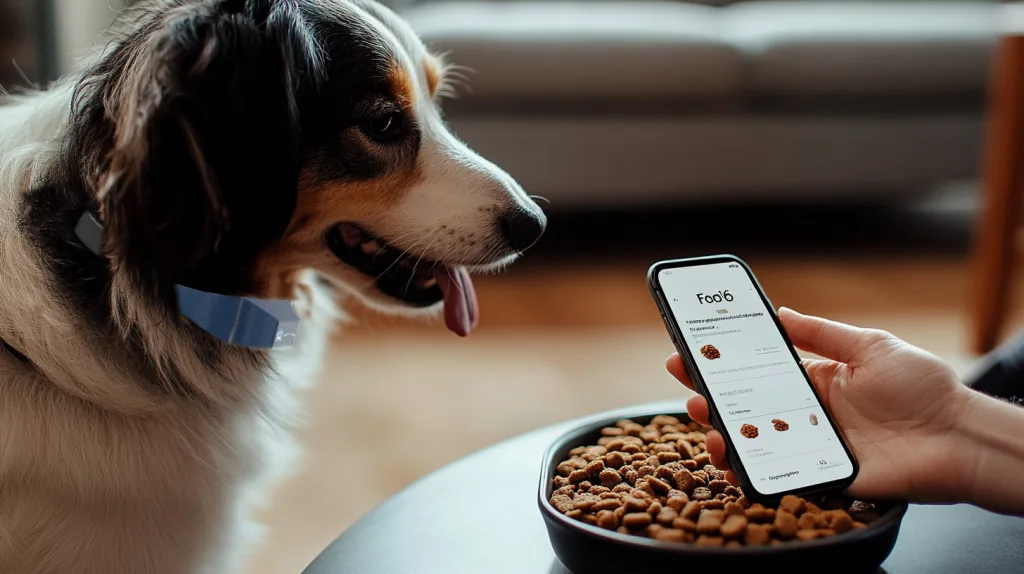
Similarly, SPH smart pet houses can offer temperature regulation, humidity control, and other features to ensure a comfortable environment for pets, reducing the risk of illness.

Through education, innovation, and the integration of smart technology, businesses can not only meet market demands but also help pet owners close the gap between intention and action. This, in turn, will improve the health of pets and enhance the well-being of pet owners. Ultimately, this will drive the continued growth and success of the pet industry.
